Brad Damm works for CubCrafters and flew the 215 HP amphibious XCub in the above video. After the video was made, he handed the aircraft off to Wes Valpey, a very experienced pilot and flight instructor who flew the Alaska bush for a number of years before an airline career and then becoming Chief Pilot at an advanced flight training company called Tactical Aeronautics.
Wes was kind enough to write up a detailed pilot report on the 215 HP amphibious XCub as follows:
“The airplane that is the subject of this pirep is the first 215 HP CC-19 XCub to be delivered in the amphibious floatplane configuration. The airplane was certified in the Experimental Amateur-Built (EAB) category and had been produced as part of CubCrafters factory builder-assist program in Yakima, Washington. I was hired by the owner to take initial delivery of the aircraft from CubCrafters, complete any necessary EAB Phase 1 flight time, and then ferry the aircraft to the new owner in Florida and provide him with initial operational training.
While completing the initial fly-off here in the Columbia River Gorge I was able to experience a variety of wind and water conditions as well as a number of hard surface land takeoffs and landings. Subsequently, I was also able to evaluate its cross-country performance on the ferry flight to Florida, and then evaluate the aircraft from the rear seat as an instructor providing advanced floatplane training to the owner.
On land, the airplane is stable and responds well to rudder and brake input while taxiing. Winds of up to about twenty knots were encountered with no tendency to heel to either side. A crosswind component of about ten knots was easily handled using normal techniques for takeoff and landing. Land takeoffs are very quick, acceleration is very fast. Good rudder authority allowed brakeless steering if wheels are straight when power was smoothly applied. Large up elevator deflection will lift the nose suddenly at about 45 MPH indicated producing very short takeoff runs. Quick elevator response is required to prevent over-rotation. Waiting for a higher rotation speed resulted in a gentler rotation (with less tendency to over-rotate), yet the aircraft was still airborne in well under 1000′, even at the aircraft’s 2,300 lb. maximum gross weight.
Landings are straightforward with excellent visibility, touching down at the same attitude as water produced very comfortable touchdowns and permitted lowering the nose gently without the tendency to drop suddenly. Braking once all 4 wheels are on the ground is effective and resulted in consistently short landing rolls. Fuel stop in Santa Fe, NM showed remarkably good performance at nearly 6400′ field elevation. Performance, takeoff run especially, was less affected by the higher altitude than I expected. Airplane proved to be easy to move by hand on a ramp, into or out of a hangar. I did not operate on grass or other soft surfaces.
On the water, the airplane is especially outstanding. The airplane leaps onto step more quickly and becomes airborne in less time than any other seaplane I have flown, including a near gross weight landing and takeoff on Lake Powell at 3700′ MSL. The strongest wind encountered on the water was 12-15 knots with wave heights of about 12 inches and a period of about 8 feet, landing and takeoff were extremely quick with the headwind. Floats handled the waves on step with much less pounding than expected, also this wave period produced no tendency to pitch with each wave encounter. Idle taxiing into or with the wind, the waves only splashed over the bows, with no tendency to ship clear water.
During idle taxi, the water rudders are effective and have an excellent feel with the perfect amount of pressure required on the rudder pedals. This wind/wave combination was the maximum for downwind turns using only rudder and crosswind control positions. Floats tend to sit nose high in displacement, and under some heavy wind and wave conditions caution should be exercised to keep the tail of the lee float from going awash with broadside waves or when sailing the airplane downwind. In lighter winds, the airplane responds exactly as it should. Idle taxi turns are tight, within two wingspans in either direction. Water rudders give good steerage for several lengths of the floats after shutdown, such as when docking or approaching a beach, etc. Two adult men can stand on one float comfortably. Whether on the same float or opposite floats, both can be mid-to-forward on the bows, only one at a time could be aft of the struts toward the tails.
Getting on step is very quick. Initially, the pause after the first rise was not even recognized by my student. Getting over the hump quickly and smoothly took a light, short push forward on the stick. Even if aft stick wasn’t relaxed, the airplane would still power over the hump and into the air with a slightly longer takeoff run than normal.
Step taxiing is great. The sweet spot is broad and forgiving with a distinct increase of drag well before any skipping or porpoising starts. The elevator is effective but not overly sensitive, and the aircraft had no tendency to porpoise unless the nose is forced down with unnaturally high forward pressure on the stick. Step turns are comfortable and can be made fairly tight, minor porpoise if speed is allowed to decay to nearly falling off the step while turning. Speed is easy to control with the throttle and the airplane responds very quickly, especially to increases in power. Initially, my student had trouble with getting the throttle back enough to prevent lifting off. As with most floatplanes, glassy water takeoff performance is improved slightly by lifting a float.
Compared to a typical XCub on wheel landing gear, the overall handling characteristics are good, and the elevator and aileron feel and response remain excellent. I preferred about one-third nose up from neutral on G3X for takeoff. Coordination in flight is easier to maintain than many other floatplanes, and less yaw stability was lost with the ventral fin than some of the other conversions. Flaps created the familiar pitch changes with extension or retraction. Full flaps and floats create a huge amount of drag, power off descents are quick. I felt little difference between one and two notches of flaps on land with takeoffs at the one-third nose up trim setting. Ultimately settling on one notch of flaps for takeoff as the climb was better and transition to gear up, flaps up, climb was smoother, especially for the student.
For water takeoffs I liked the same trim setting and preferred two notches of flaps, the airplane lifted off sooner and more comfortably. For landings, I preferred two notches, land and water. I felt the elevator retained better effectiveness, the sink rate easier to manage and the transition to step attitude for touchdown was smoother. After touchdown, I felt the better elevator effectiveness pulled the nose up more, getting off the step sooner and keeping the prop higher out of the spray. Also, my student had a strong tendency to over-rotate on full flap landings while learning to control sink with power instead of raising the nose because speed bleeds off so quickly. For land, the better elevator effectiveness makes smoothly lowering the nose wheels easier and more consistent instead of them dropping on.
I found stalls completely normal power on and power off. No tendency to break to either side when coordinated. Recovery by reducing AOA was effective at all flap settings, power on or off. Full flaps, power off the airplane mushed without fully stalling at full up elevator.
The rudder on the airplane is effective but feels stiff in the amphibious configuration due to the springs and stops on the water rudders when retracted, which can make long ground taxi and/or step taxi operations fatiguing. I understand this is how the floats are designed, but it is something that amphibious floatplane pilots should be prepared for.
Cruise performance is extremely good for an amphibious Cub. At 75% power, I showed about 121 MPH TAS with a fuel burn of about 10.3 GPH (after leaning with the G3X lean assist feature). At 65% power, cruise speed was 108 mph TAS on about 8.9 GPH, which was the power setting I ended up using for most of the trip. The exception was when we went high for mountain crossings or to take advantage of favorable winds. Above about 7000′ I cruised at wide-open throttle and 2200 RPM. We went as high as 11,500′. Climb up to 11,500 remained strong and cruise attitude was fairly flat, no feeling of wallowing or being slow.
I would recommend EAB category XCub owners with the larger 215 HP CC 393i consider switching from the lead-acid type main aircraft battery to a lithium type battery for improved starting performance. We found starting could be difficult with the original lead-acid battery when the aircraft was cold-soaked or after the avionics have been powered on the ground for extended periods of time. With the lithium battery installed, we had no instances of a dead or dying battery in 35 hours of flying, 12 hours of which were training with a considerable number of shutdowns and starts.
I am very impressed with the CC393i powered XCub on Wipline 2100 Amphib floats! I enjoyed both getting to know the airplane and it’s flight characteristics, and training the new owner in its operation. It is an easy airplane to fly, and the transition was quick, with the new owner becoming both comfortable and proficient well within the 3 days allotted for training. I would highly recommend it to anyone looking for a top-performing amphibious floatplane.”
Wes Valpey
Chief Pilot
Flight instructor/Mechanic
TacAero
Please subscribe to CubCrafters’s YouTube Channel and follow along for more great CubCrafters content!


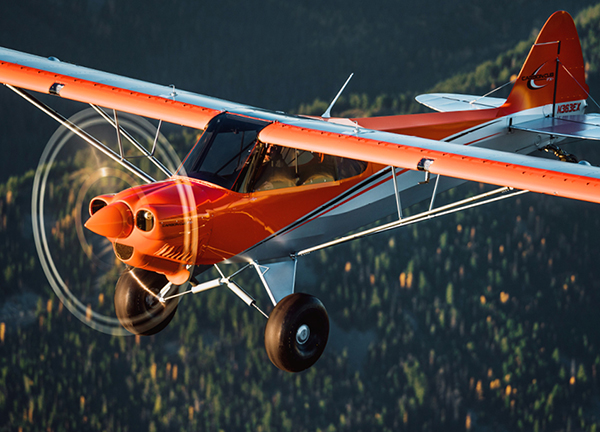
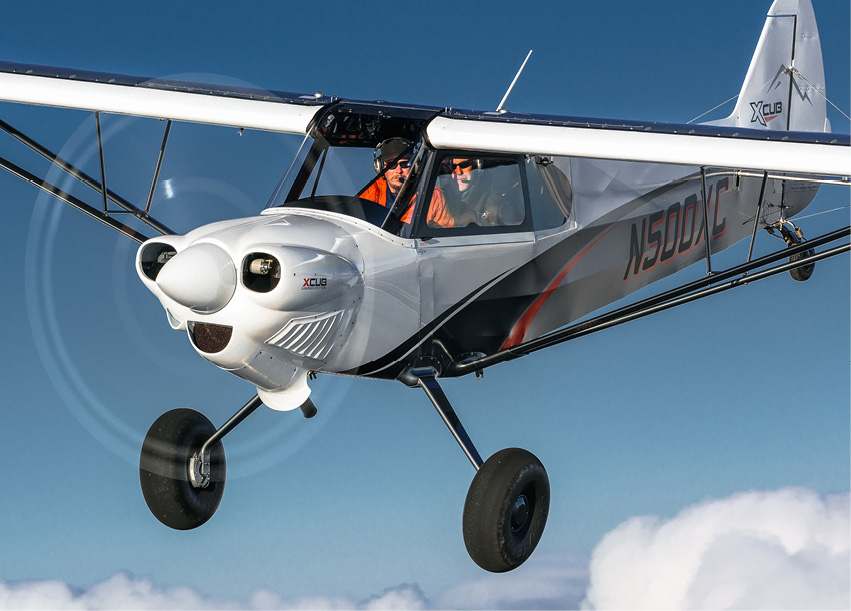
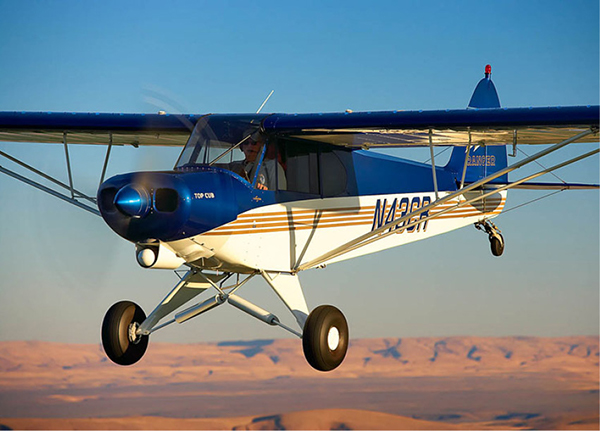
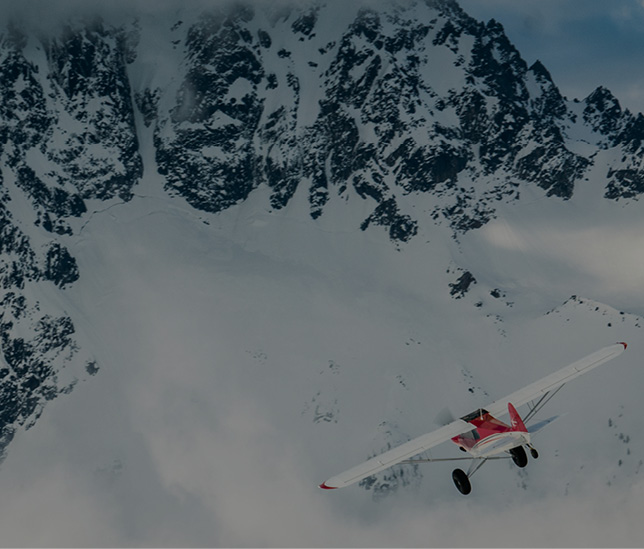
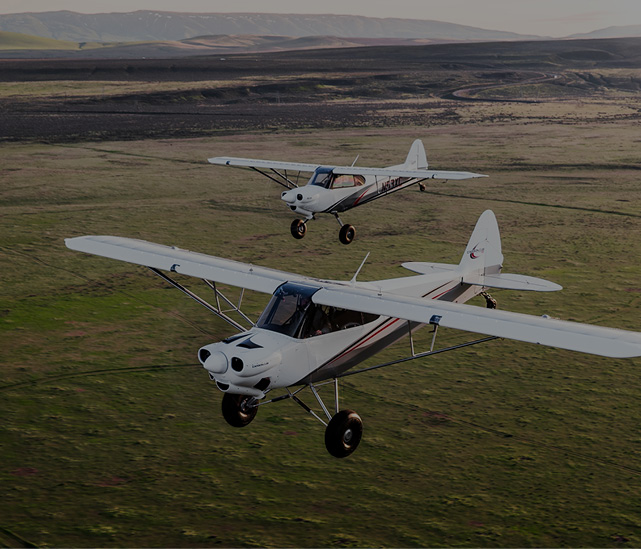

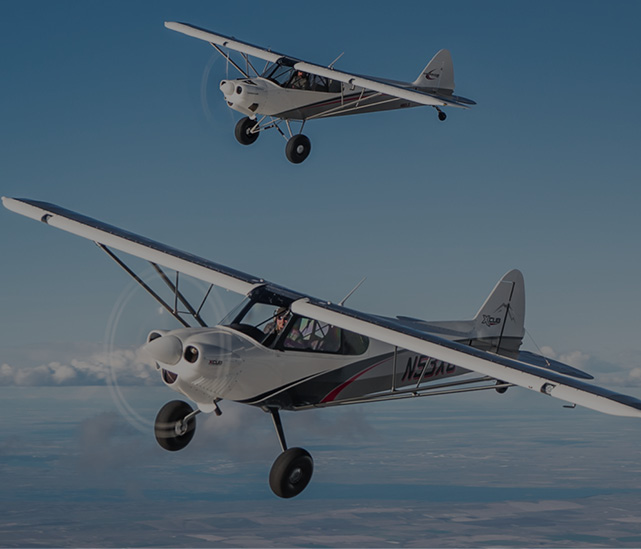

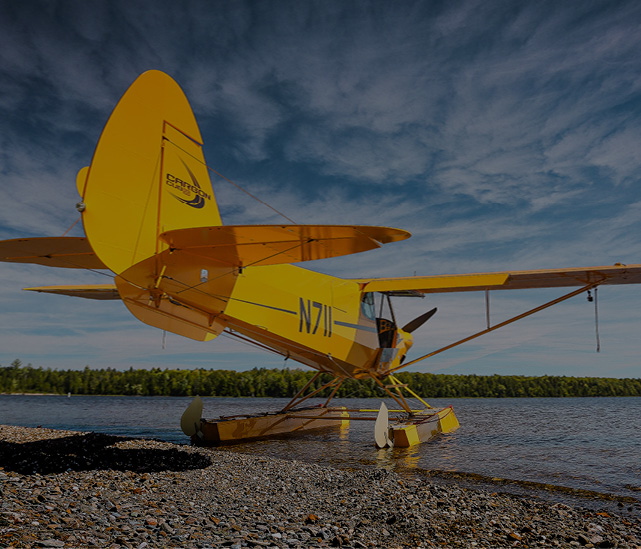
Could you please give me an estimate of the take off and landing distance on water?
Thank you!
Does this Cub qualify as a light sport when on floats?